The New Brunswick Museum participated in #MuseumWeek2022 on its social media channels. This is a worldwide event, with participants sharing content on 7 themes with 7 hashtags over the 7 days of the event, from 13-19 June.
June 13: #InnovationMW
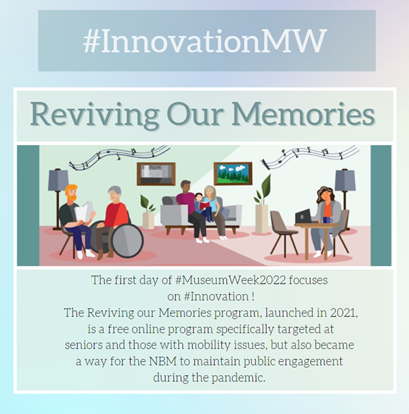
June 14: #CreatorsMW
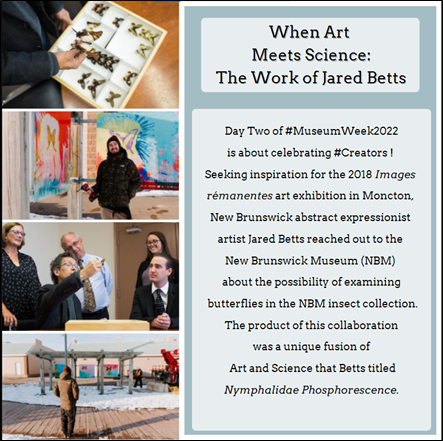
June 15: #FreedomMW
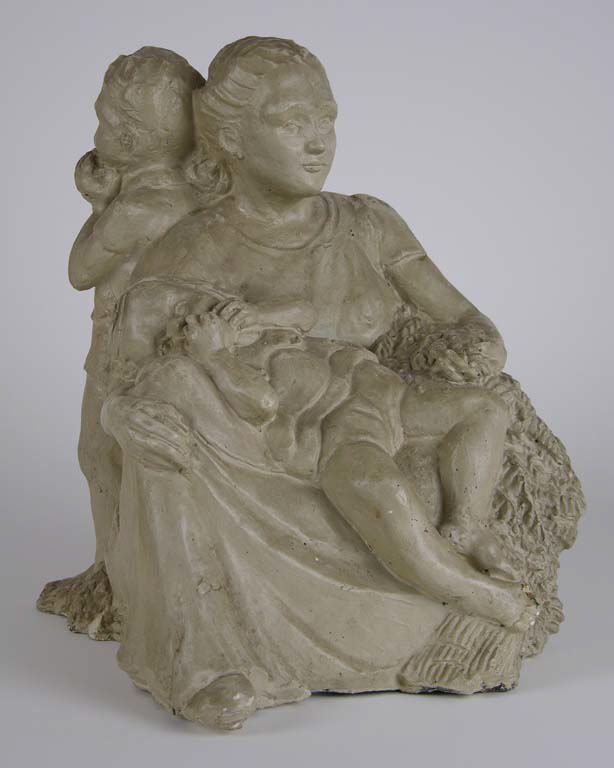
Violet Amy Gillett (1898-1996) was an artist, teacher, author and craftsperson who played a pivotal role in art education in New Brunswick. She attended the Ontario College of Art in Toronto and the Royal College of Art in London, England. Between 1926 and 1948, she taught as principal in the Department of Fine and Applied Art at Saint John Vocational School and she also served as the secretary of the Maritime Art Association and later as its president. She was also instrumental in writing the art curriculum for the province’s Department of Education. In 1947, she established, with her sister, Beatrice L. Rivers, an arts and crafts shop in Perth-Andover. Gillett’s diverse talents brought first-hand knowledge to the training she provided her students and her keen observation informed her impeccable designs that captured the people, life and community around her.
This piece was produced in response to a challenge that was inspired by a Franklin Delano Roosevelt speech that focused on the freedoms for which the Second World War was being fought. The sculpture may have been intended for an exhibition or competition relating to the representation of those freedoms in any artistic medium. Gillett’s rationale for the work was that the wheat represented food and the mother holding the child represented love – both of which symbolized differing freedoms from want.
Violet Amy Gillett (1898-1996)
Freedom from Want, June 1944
painted plaster
overall: 38 x 39.7 x 27.5 cm
Gift of Janet E. Bryson, 2008 (2008.10.1 )
New Brunswick Museum Collection
June 16: #SexualityMW
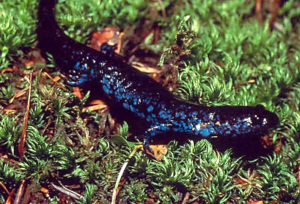
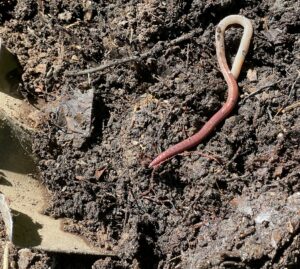
June 17: #EnvironmentMW
Approximately 40 researchers from across North America have come together each year since 2009 for the New Brunswick Museum BiotaNB Project. An intense 14 day Biodiversity Inventory of everything from fungi to frogs in the protected natural areas (PNA) of NB. This data will be important in the long-term monitoring of biodiversity changes in the face of climate change. After a two year hiatus due to the pandemic, BiotaNB 2022 will be heading back to Kennedy Lakes PNA in August this year for an inventory of late summer Biota.
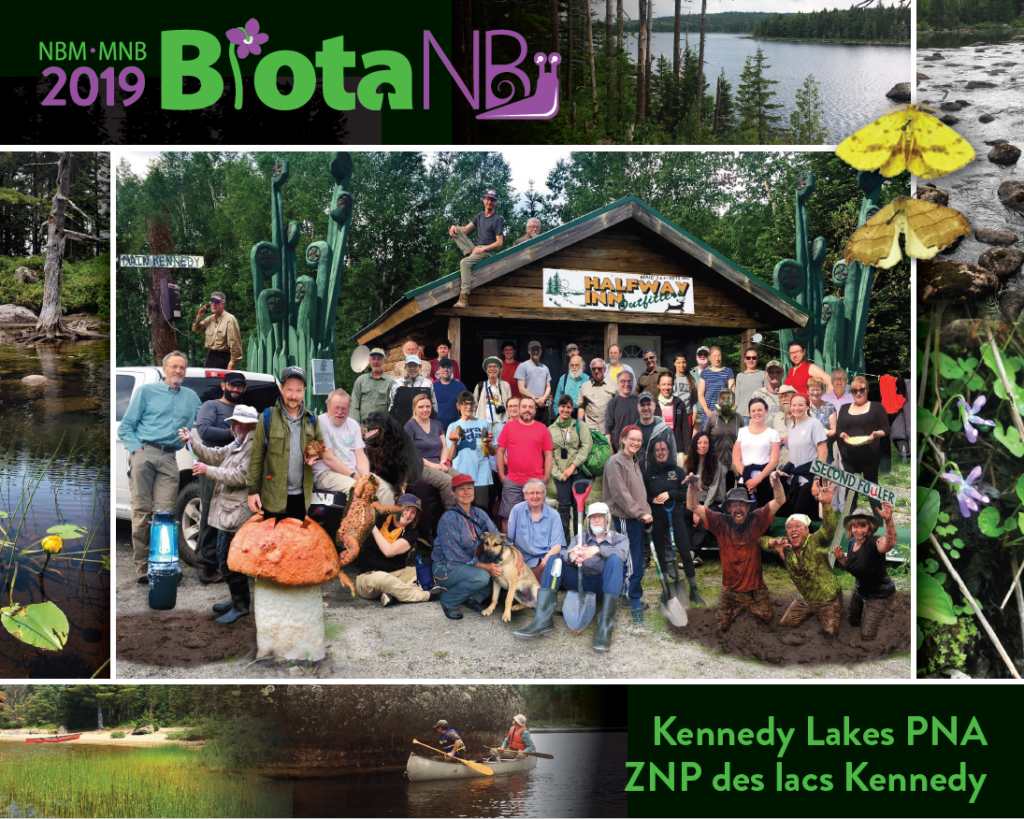

The Gaia Project is a non-profit charitable organization based in New Brunswick with a mission to empower youth to take action on climate change through education.
June 18: #LifelessonsMW
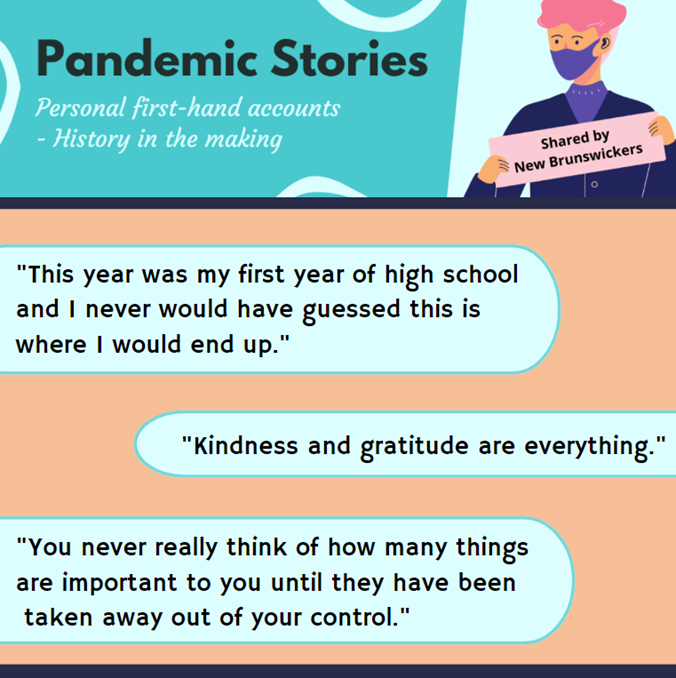
During the early days of the pandemic, NBM compiled a collection of “Pandemic Stories” submitted by the public. These stories detail the frustrations, joys, worries, and hopes of our community during unprecedented times. This heartwarming collection of short stories serve to remind us of the experiences that connect us as a community, and as human beings.
Read the collection on the NBM website at https://www.nbm-mnb.ca/pandemic-stories/
June 19: #DanceMW
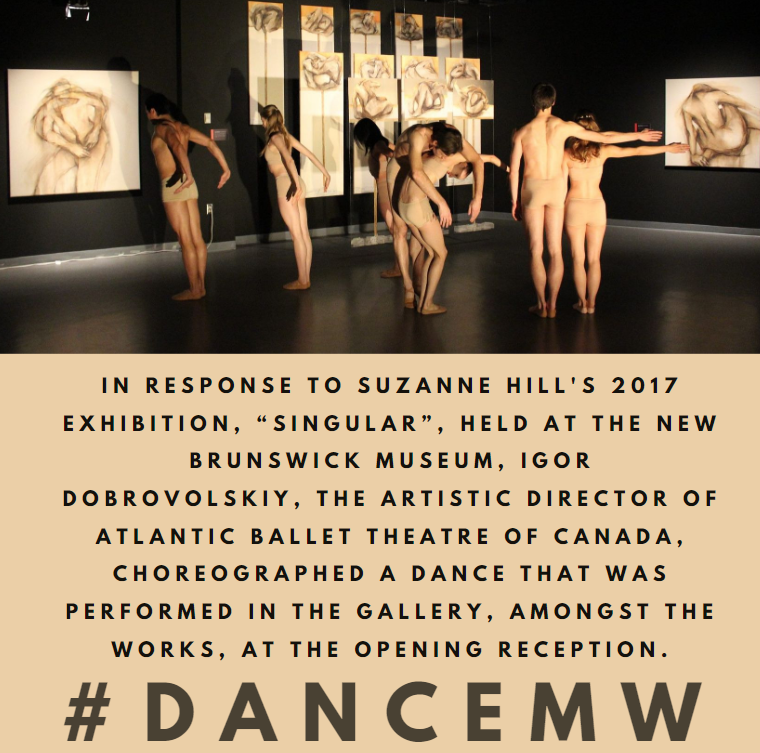
In response to Suzanne Hill’s 2017 exhibition, “Singular”, held at the New Brunswick Museum, Igor Dobrovolskiy, the Artistic Director of Atlantic Ballet Theatre of Canada, choreographed a dance that was performed in the gallery, amongst the works, at the opening reception.
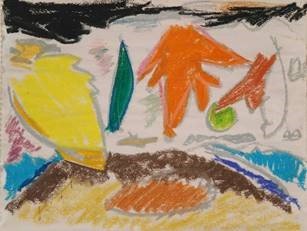
A gust of wind animates a group of brightly coloured leaf forms in this late work by one of New Brunswick’s most renowned 20th century artists, Jack Weldon Humphrey (1901-1967).
One of Humphrey’s main inspirations was the landscape around him. The details of the forests, fields, streams and shores of the province provided worthy subjects as his style transitioned from representation to abstraction. His work showed the environment in a way that it had never been previously seen.
Jack Weldon Humphrey (Canadian, 1901 – 1967)
pastel: Study for “A Dance of Leaves”, 1966
oil pastel on wove paper
support: 22.9 x 30.5 cm
Jack Weldon Humphrey and Jean Humphrey Memorial Collection, gift of John J. Corey, 2014 (2014.9.126)
New Brunswick Museum Collection
